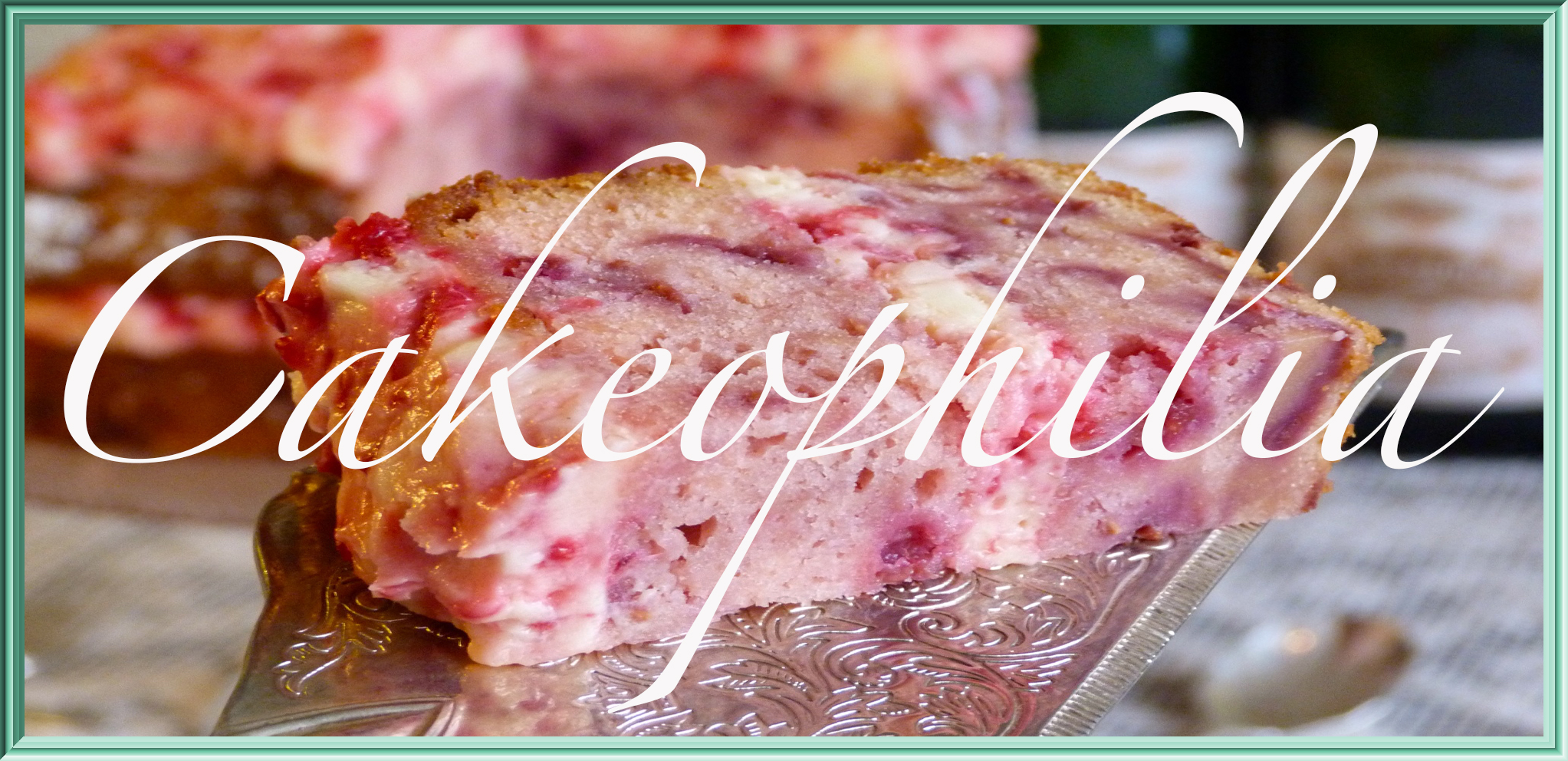Traditionally, marzipan is used as the underlayer for formal sugarpasted cakes. For the record I only like handmade marzipan. That horrendous “almond” flavoured sugarpaste you can buy in supermarkets, that goes on cheap iced Christmas cakes is just awful.
Handmade, it’s fragrant, delicious, easy to work with and dries well, making it a perfect stable layer to put the sugarpaste on.
Unfortunately, Rachel-the-bride hates marzipan – even fresh handmade marzipan.
Fortunately, one of my trawls through the web last year looking for a recipe for pourable fondant icing uncovered an unexpected gem – a butter icing which you can roll out. Its pale yellow, soft and smooth, and utterly luscious. I use unsalted butter with a tiny pinch of salt, to keep the mellow flavour, but the key ingredient is liquid glucose, which is sticky, almost solid, but really not very sweet. In fact, its only drawback is you can’t make it really really white, so its not really suitable for a top layer where colour control is essential – more on colour control freaking later…
I like this stuff. It sets overnight but is still flexible enough to reshape if necessary.
The cakes get a layer of this, are dried overnight, then a layer of tinted sugarpaste.
Colour choice is a crucial issue. Rachel was keen on a Neapolitan look, but couldn’t be having with my suggestion of ivory pistachio and pink. For the record, I still think the ivory would have looked great, but it’s true that latte-on-chocolate has a very deco feel. I coloured up the sugarpaste to cover the bottom cake board first, to match the chocolate coloured ribbon which would trim the cake. Its worth knowing that it takes an awful lot of colouring (gel colours that is, not the cheapo ones from the supermarket) to make something that dark brown. I kneaded a lot of cocoa into the bottom layer of sugarpaste to help the colouring process along. You can also buy chocolate sugarpaste from good supermarkets. Worthwhile to circumvent a whole lot of kneading. Adding that much cocoa also makes the sugarpaste less flexible, so its not so suitable for covering a cake.
I then coloured each of the lumps of sugarpaste which would cover the cake, and placed them together, as they would eventually appear on the cake, to check how the colours look together. After a few additions, I had these colours:
Before the coloured sugarpaste goes on, the cakes are brushed with a film of vodka. This gives the sugarpaste something to stick to, and kills any bugs that might have been hanging around on the surface of the under layer.
There they are, after their final sugarpaste, ready to dry.






